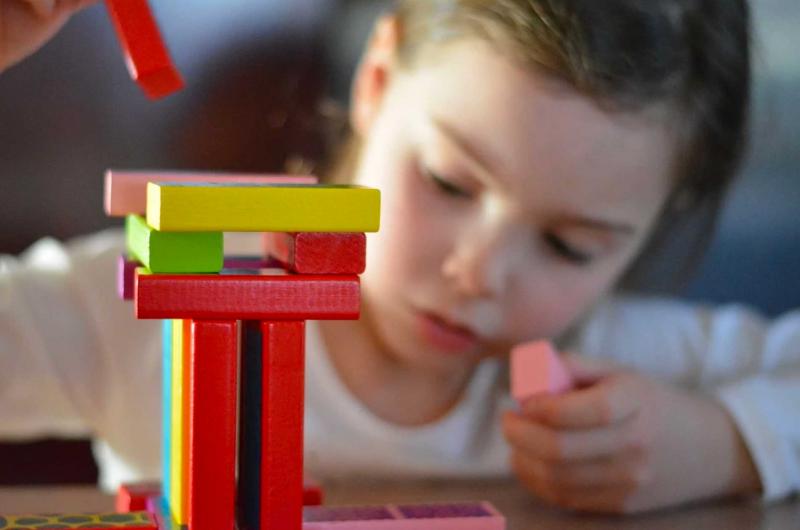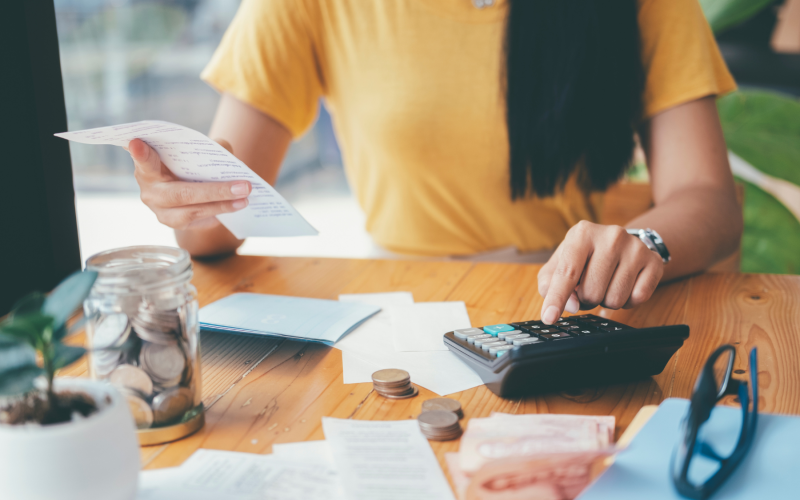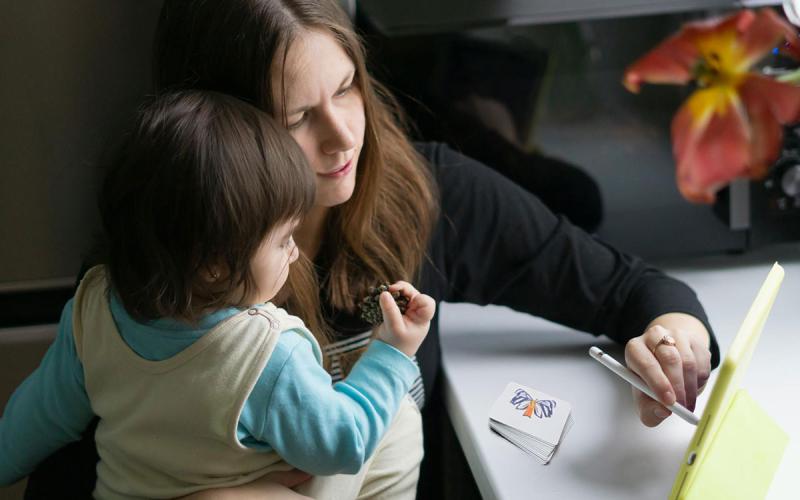
This article will start a series of articles highlighting 10 essential play experiences for young children. The 10 experiences come from author Ann Gadzikowski’s book “Creating a Beautiful Mess.”
Who remembers building glorious structures and towers with wooden blocks? And then having a sibling knock them down and having to rebuild it over again? There are so many learning experiences with building and making mistakes in block play. Children of all ages learn basic science concepts like engineering and gravity, but it also sparks problem solving skills and imaginative play that cannot be taught through electronic block building or games.
Being able to manipulate and stack the blocks and also get the satisfaction of knocking them down has been around since the early 19th century. Block play has recently been replaced by shapes worksheets and virtual block games but playing with real blocks whether wooden, plastic, etc. offers a deeper learning experience. It teaches kids about the world and how to fit pieces together and keep trying as there is always a solution to a problem or structure that won’t stay up. There are 7 stages to block play that parents should understand and why it is important to introduce blocks around age 2.
Stages of Block Play
Stage 1: Carrying.
At age 2 they will enjoy carrying blocks around in a bag or basket and dumping them out. They will likely suck on the blocks and do a lot of feeling. This is the general exploration stage.
Stage 2: Building.
At around 3 they will start stacking vertically and putting them horizontally in a row. If asked what they are making they may not be able to tell you as they are just learning the physics of stacking and have not thought about their structures.
Stage 3: Bridging.
This is when a child places two blocks side by side in parallel positions with space in between and adds another block on top. This develops between ages 3-4 depending on experience.
Stage 4: Enclosing.
4-year-olds will start to create enclosures with rows of blocks placed like walls or fences. This leads to more complex thinking of how to build around obstacles and how to design entrances and exits.
Stage 5: Making Decorative Patterns.
At around 4-5 kids will begin to create patterns and symmetry with blocks and begin to pay more attention to the aesthetics of the structure they are creating.
Stage 6: Naming.
At this stage they are beginning to plan out what they are going to build and can collaborate with others to build something together.
Stage 7: Symbolizing.
At around age 5, this stage is the final stage and will last the rest of their childhood. They can explain how their structure symbolizes something that might already exist such as their house, a famous landmark, or use their own imagination to create a magical castle.
Let your inner child out and join your kids in block play and ask them various questions depending on the stage they are in such as what shape is this, what are you building, how did you make it so tall, etc. If you have the space, let them keep their structures up instead of always having to pick them up when they are done playing, you will be surprised the additions and enhancements that will come.
So, I encourage you to find a set of blocks (wooden work best and last longer) and watch your child’s imagination and level of concentration soar.


